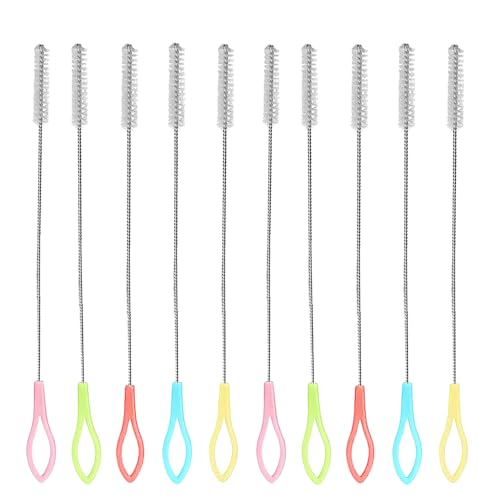Understanding the importance of disinfecting a straw cleaning brush
Straw cleaning brushes are an essential tool for keeping straws clean and free from debris. They are commonly used in households, restaurants, and other food establishments. However, over time, these brushes can become dirty and harbor bacteria, which can contaminate the straws they are meant to clean. Therefore, it is crucial to regularly disinfect straw cleaning brushes to ensure they remain hygienic and safe to use.
Gather the necessary materials
Before you begin the disinfection process, make sure you have gathered all the necessary materials. You will need:
- A sink or a basin
- Hot water
- Mild dish soap
- White vinegar
- A clean towel or paper towels
Cleaning and disinfecting the brush
Start by rinsing the straw cleaning brush under hot water to remove any loose debris or residue. Then, fill the sink or basin with hot water and add a small amount of mild dish soap. Swirl the brush around in the soapy water to clean off any remaining dirt or bacteria. Rinse the brush thoroughly under hot water to remove the soap.
Next, prepare a mixture of equal parts white vinegar and hot water in the sink or basin. Place the brush in the vinegar solution and let it soak for 10-15 minutes. The vinegar’s acidity helps kill bacteria and disinfect the brush. After soaking, rinse the brush thoroughly under hot water to remove the vinegar solution.
Drying and storing the brush
Once you have finished disinfecting the straw cleaning brush, it is essential to dry it thoroughly before storing it away. Use a clean towel or paper towels to wipe off any excess moisture. Pay extra attention to the bristles and handle, making sure there is no moisture trapped in any crevices.
Once the brush is completely dry, store it in a clean and dry location. Avoid storing it in an area where it may come into contact with other potentially dirty or contaminated items.
Regular maintenance and replacement
To maintain a clean and hygienic straw cleaning brush, it is important to establish a regular cleaning routine. After each use, rinse the brush thoroughly under hot water to remove any debris or residue. If necessary, repeat the cleaning and disinfection process outlined above. It is also a good practice to periodically inspect the brush for signs of wear or damage. If the bristles are frayed or the handle is cracked, consider replacing the brush to ensure effective cleaning and prevent the growth of bacteria.






